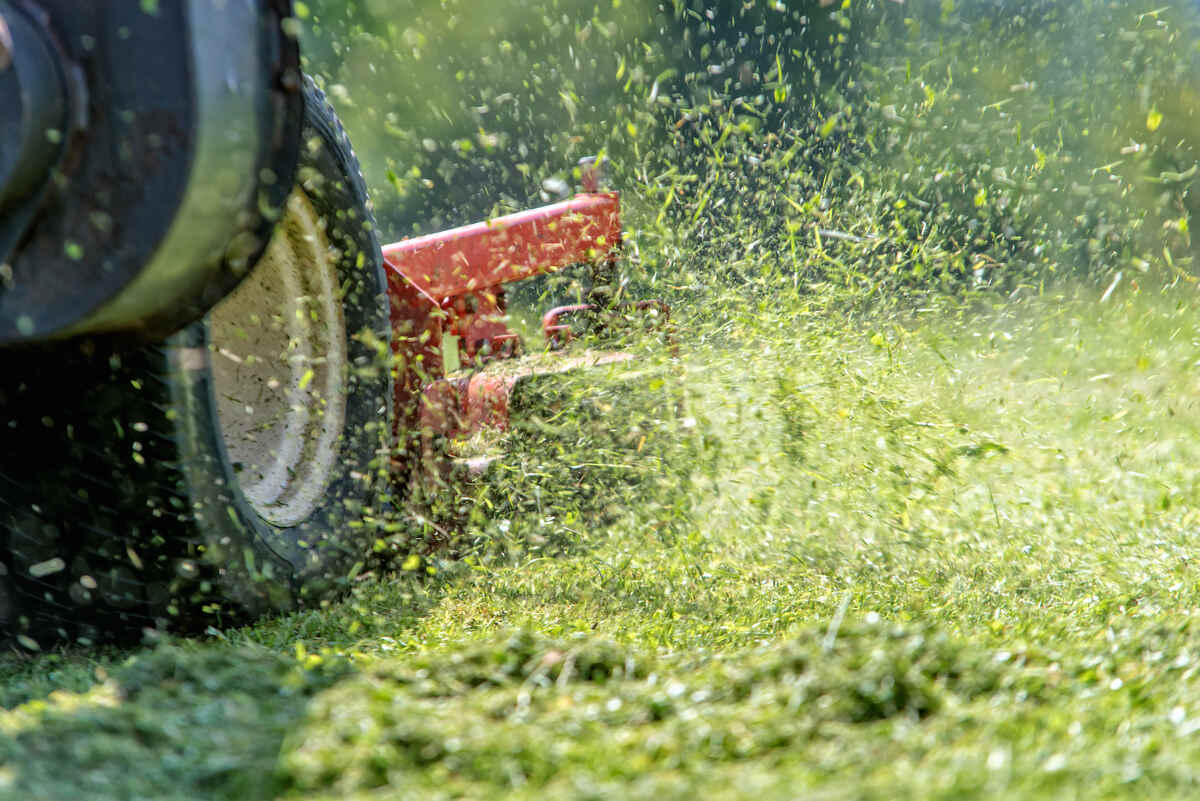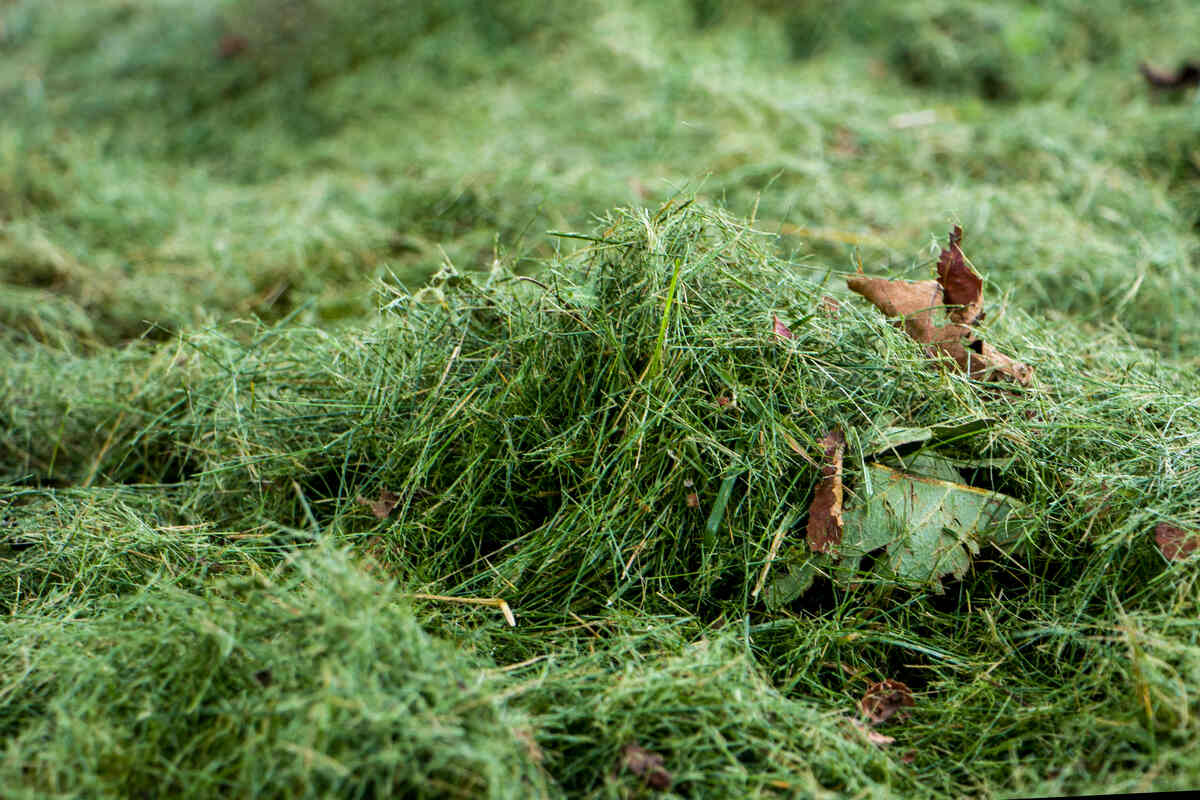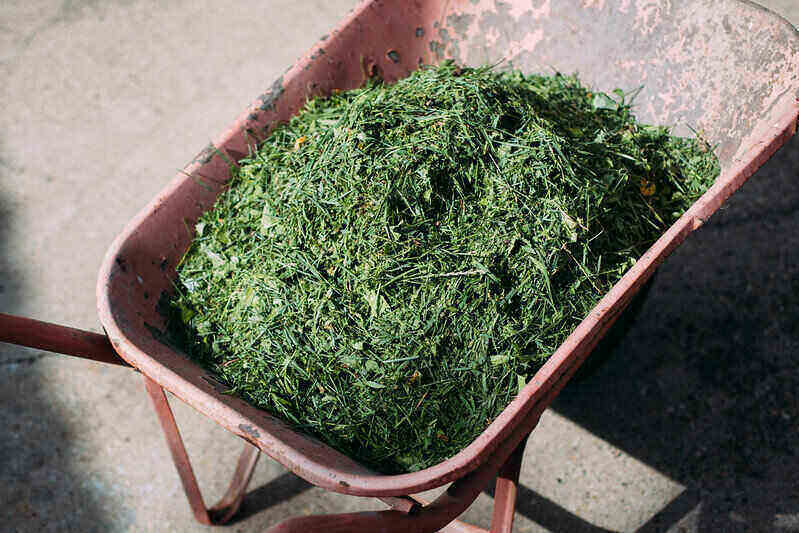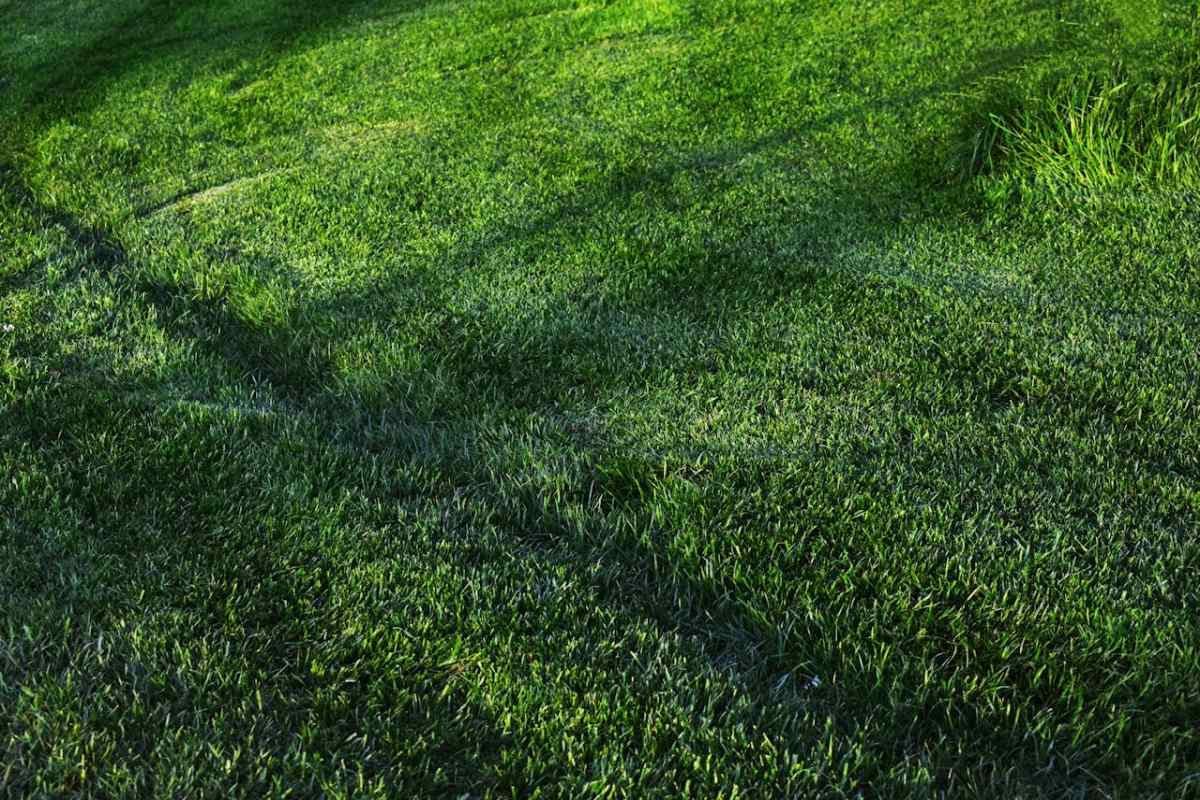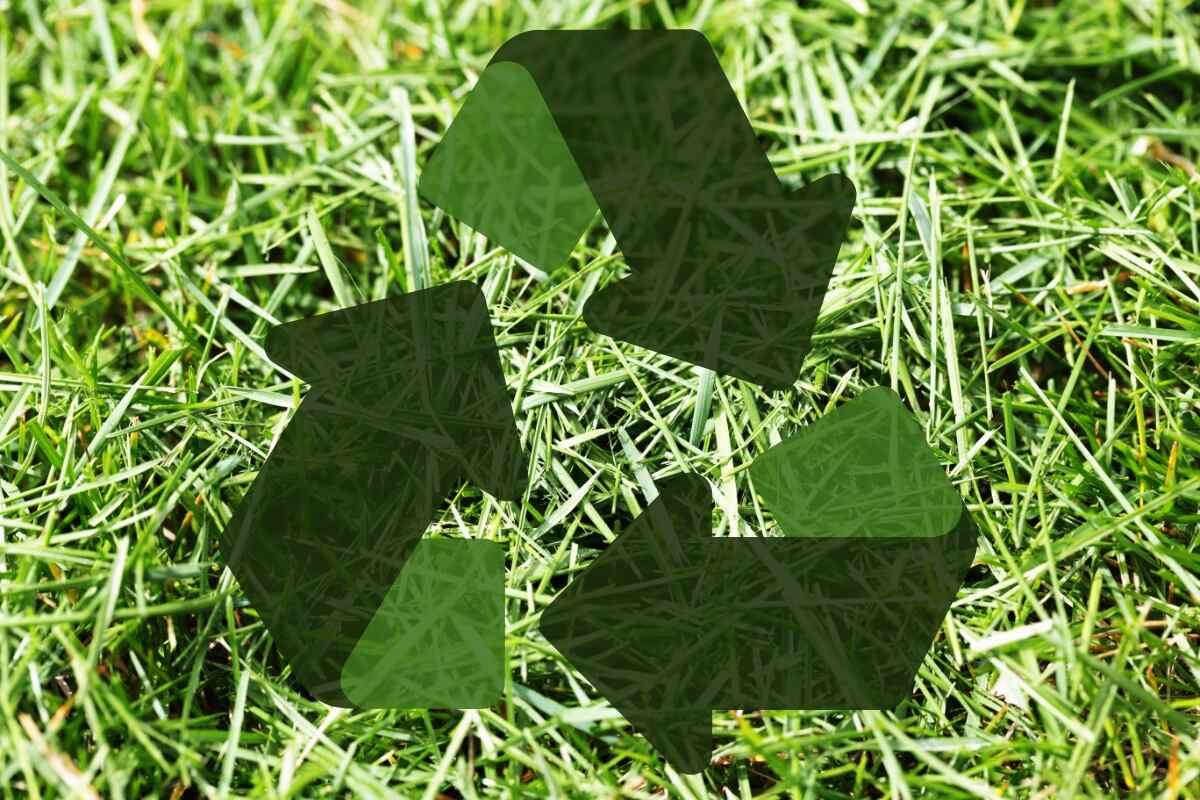
If you’re all about making lawn care a breeze and caring for the environment, fit grasscycling into your routine. But what is grasscycling, and how will it actually benefit your lawn in the long run?
Grasscycling means leaving your grass clippings on the lawn to decompose. It can nourish your lawn, save you time, effort, and money, and help you enjoy a lush carpet of green without breaking a sweat. Let’s delve into everything grasscycling has to offer and tips on how to do it successfully.
Recycle Grass Clippings with Grasscycling
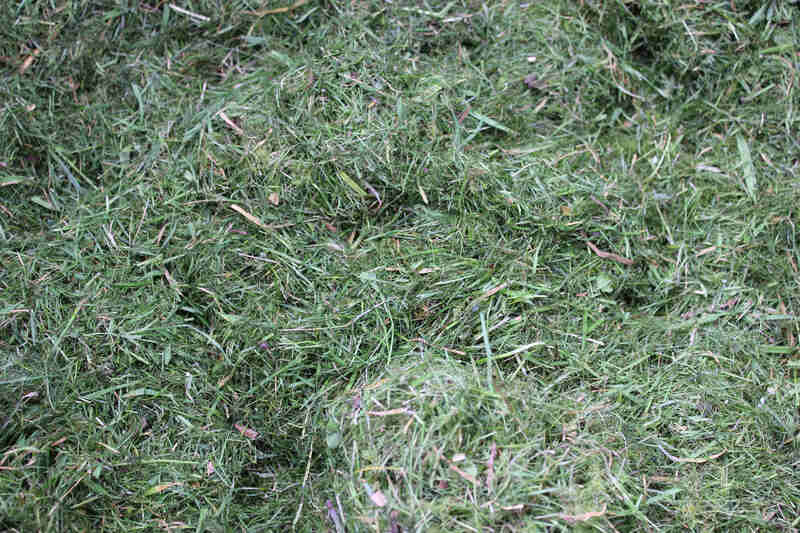
Quite literally, grasscycling refers to the process of recycling grass clippings. After mowing, you leave the grass clippings on the lawn instead of bagging them up. You’ll love this lawn care task if you’re a working professional or somewhat of a lazy gardener. It’s less work, less waste, and a lot of nutrients for your soil and grass.
Grass clippings are about 80% water, allowing them to sink into the soil and decompose quickly. Aside from giving your grass a natural mulch treatment, grasscycling is truly an environmentally conscious person’s dream.
Benefits of Grasscycling
Grasscycling comes with some pretty spectacular perks, so let’s explore them at length:
- Fertilizes your lawn: Grass clippings may not look visually appealing, but what they contain makes them worthwhile. These leftover clippings are chock full of nutrients necessary for healthy soil and plant growth. Since they contain nitrogen, potassium, and phosphorus, grass clippings can provide about 25 percent of your lawn’s fertilizer needs.
- Retains soil moisture: Grass clippings act like a shield that helps the soil retain moisture, which is beneficial during hot, dry periods. This means your lawn stays hydrated for longer, cutting down on watering time and helping you conserve water.
- Improves soil health: As they decompose, grass clippings improve soil structure, encourage microbial activity, and create the optimal environment for your grass to grow lush, dense, and strong.
- Saves time, effort, and money: Forget about collecting, bagging, and disposing your grass clippings. This saves time, manual labor, and money on trash bags and disposal fees.
- Reduces environmental impact: According to an article on grasscycling by Planet Natural Research Center, “the Environmental Protection Agency estimates that 18% of what goes into landfills comes from yard waste. This jumps to as much as 50% at the height of the growing season.” Simply leaving grass clippings on your lawn means less green waste in landfills. You’ll be playing a part in supporting a more sustainable, environmentally friendly approach to lawn care.
- Encourages a thicker, healthier lawn: With the nutrients from the clippings feeding your grass and supporting healthy growth, you’ll achieve a lush, dense lawn the neighbors will envy.
- Limits soil erosion: Grass clippings cover bare patches of soil and reduce its exposure to erosive external forces, like rain and wind.
Tips on Grasscycling
Maintaining a healthy turf (that you can later cut into clippings) will put more yummy nutrients back into the Earth, contributing to a robust ecosystem and continued lush growth. Here’s what you need to know to become an expert at grasscycling:
1. Maintain a Regular Mowing Schedule
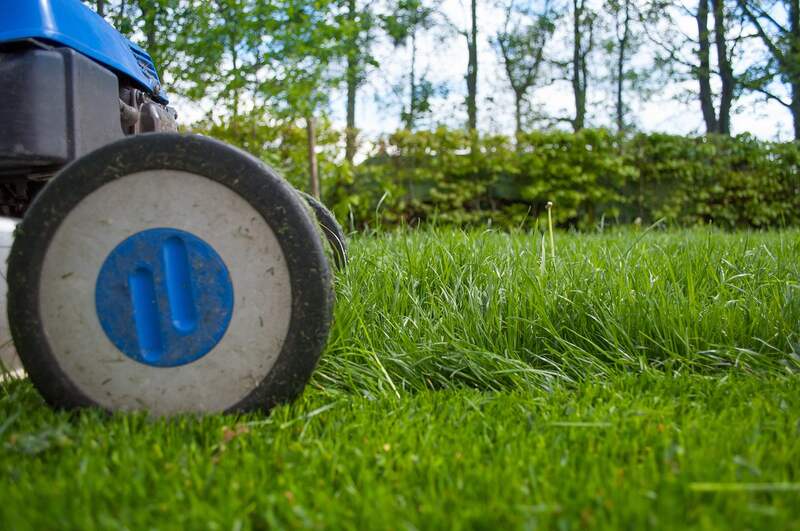
Grasscycling goes hand in hand with regular mowing.
If mulching is a goal, try to mow your lawn once a week (or every three to five days if it’s your grass type’s growing season). Grass clippings typically need a week or two to decompose, depending on local weather conditions, moisture levels, and the size of the clippings.
Shorter clippings decompose faster, feeding the soil and benefiting the ecosystem. In contrast, longer clippings may suffocate your grass and deprive it of sunlight, which is why you should stay on top of mowing and let your grass guide you.
2. Use a Mulching Mower
Although grasscycling will work with any mower, we recommend investing in a mulching lawn mower. These mowers have special blades designed to cut grass into evenly sized pieces just right for grasscycling. Unlike regular lawn mowers, which have a straight-edged blade, mulching mower blades are curved.
After the first cut, the clippings are circulated on the mower deck until they’re cut into tiny pieces. Then, the mower distributes them evenly across the entire lawn, which helps them sink into the soil faster. If you’re using a mulching mower, you should cut your grass every three to four days to maintain an adequate length. Any longer, and the mower may clog and leave clumps of uncut grass on the lawn.
3. Keep Your Mower’s Blades Sharp
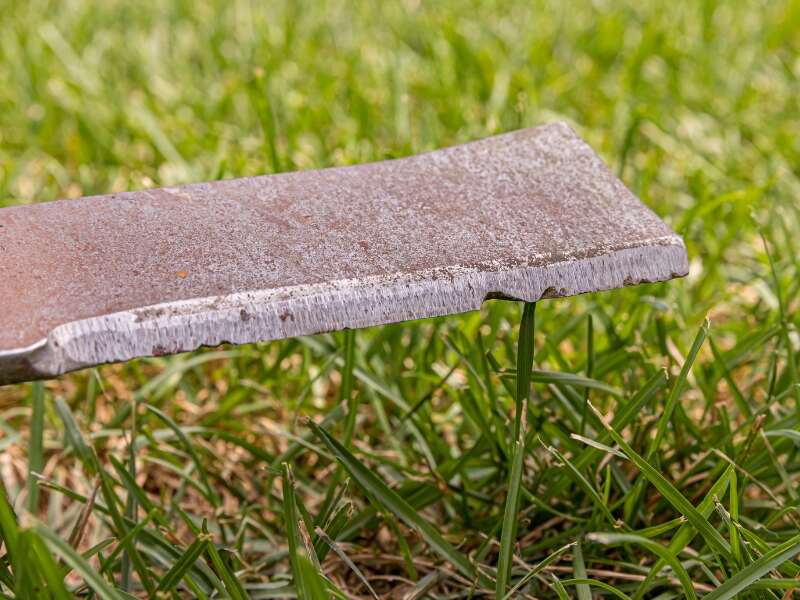
Just like sharp knives are a staple in any chef’s kitchen, sharp mower blades are a must if you want to be successful at grasscycling. Dull blades can tear the grass, leading to a ragged appearance and increased disease susceptibility.
Aim for razor-sharp blades to give your grass a clean cut and obtain optimal-sized clippings that will help you achieve that dreamy, manicured lawn.
4. Consider Your Grass Type’s Height
If it’s your grass type’s growing season, mow at the proper grass height to encourage a resilient root system. Taller grass contributes to more efficient photosynthesis, the process plants use to turn sunlight, carbon dioxide, and water into energy (i.e. food). The more surface area available, the easier grass can absorb sunlight and maintain its health.
When the length of the grass reaches about 3 inches, it’s time to start the mower. Of course, depending on your grass type, you’ll need to get a bit more specific and cut the grass just right. Consider these recommended mowing heights for different grass types:
| Grass name | Grass type | Recommended height | Mow at this height |
| Fine fescue | Cool-season | 2.5 – 3 inches | 3.25 – 4 inches |
| Kentucky bluegrass | Cool-season | 2.5 – 3.5 inches | 3.25 – 4.5 inches |
| Perennial ryegrass | Cool-season | 1.5 – 2.5 inches | 2 – 3.25 inches |
| Tall fescue | Cool-season | 3 – 4 inches | 4 – 5.25 inches |
| Bahia grass | Warm-season | 3 – 4 inches | 4 – 5.25 inches |
| Bermudagrass | Warm-season | 1 – 2 inches | 1.25 – 2.5 inches |
| Centipedegrass | Warm-season | 1 – 2 inches | 1.25 – 2.5 inches |
| Hybrid Bermudagrass | Warm-season | 1 – 1 ½ inches | 1.25 – 2 inches |
| St. Augustinegrass | Warm-season | 2 – 3 inches | 2.5 – 4 inches |
| Zoysiagrass | Warm-season | 1 – 2 inches | 1.25 – 2.5 inches |
Pro Tip: Never remove more than “one-third” of the blade length to prevent scalping and unnecessary stress on your grass. This also will decrease the chances of disease and pests, a harmed crown, and damage to tender roots.
5. Mow in the Right Conditions
The weather in your area should factor into your mowing schedule. In wet weather conditions, you’ll have difficulty cutting your grass to your liking. Mow a dry lawn to avoid clogging your mower with wet grass clippings and cutting your lawn unevenly. Dry grass is also easier to cut because it sticks up straight.
Likewise, try not to mow in the heat to avoid putting stress on the grass and yourself. The best time of day for mowing is in the early morning (before 10 a.m., but after morning dew evaporates), late afternoon, or early evening. Heat stroke, sunburn, and exhaustion are no laughing matter, so take appropriate breaks and stay hydrated.
6. Add Supplemental Fertilizer
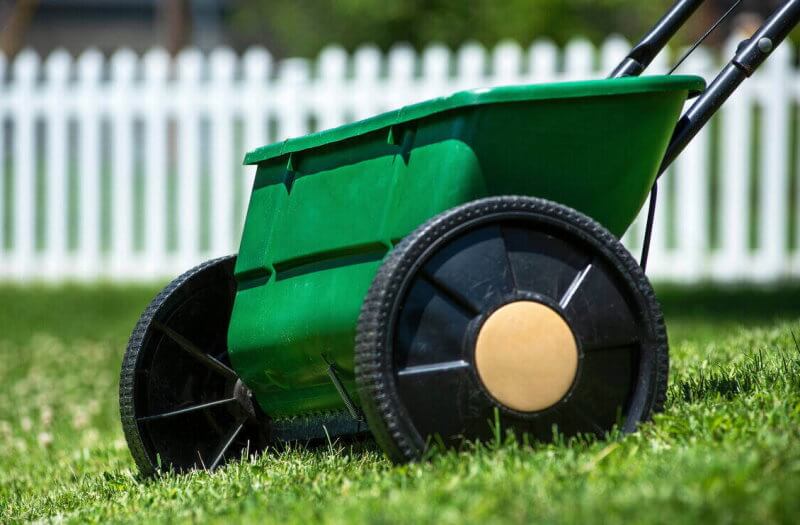
Remember we said grass clippings provide about 25 percent of your lawn’s fertilizer needs? To truly be healthy and have an impressive lawn year-round, your lawn still needs 75 percent from supplemental fertilizer. The healthier your lawn is, the more successful grasscycling will be every time you do it.
Here’s what regular fertilization does for your grass:
- Provides valuable nutrients – A healthy lawn begins with good soil quality, something fertilizer can help you achieve. It replaces and replenishes essential macronutrients (nitrogen, phosphorus, and potassium) your lawn needs to look beautiful.
- Promotes healthy grass growth – Incorporating fertilizer into your lawn’s diet will promote healthy grass and deep roots. Say goodbye to dry patches, discoloration, and weak grass blades.
- Maintains a beautiful lawn – Proper fertilization enhances lawn color, density, and overall appearance, contributing to your home’s curb appeal.
- Prevents weeds – The main role of fertilizer is to provide the grass with the tools it needs to grow thick and strong, becoming naturally less susceptible to weed attacks.
- Creates disease barrier – By definition, lawn diseases trigger a host of problems that can turn your healthy lawn into an eyesore. Regular fertilization makes lawns less disease-prone and more resistant to attacks.
- Keeps pests at bay – Pests will have a much harder time attacking a thick, sturdy lawn. Plus, certain fertilizers contain insecticides known to kill pests and prevent infestation.
7. Water, Water, Water Your Lawn
One of the cornerstones of a healthy lawn is watering: the right amount at the right time. If you want to grasscycle successfully, your lawn must be lush and healthy, and watering your lawn correctly is key to achieving that.
Water before 10 a.m. to prevent the sun from evaporating all your hard work. Avoid watering your lawn at night, as this creates a moist environment that’s attractive to pests and diseases.
Second, water less often but for longer periods. This practice encourages the grassroots to search for moisture and grow into a robust and deep root system. Watering too often for short periods promotes a shallow and weak root system.
It’s advisable to upgrade your watering regime to a sprinkler system to reduce water waste, save time, water uniformly, and cater to your lawn’s specific moisture needs.
When to Bag Your Grass Clippings
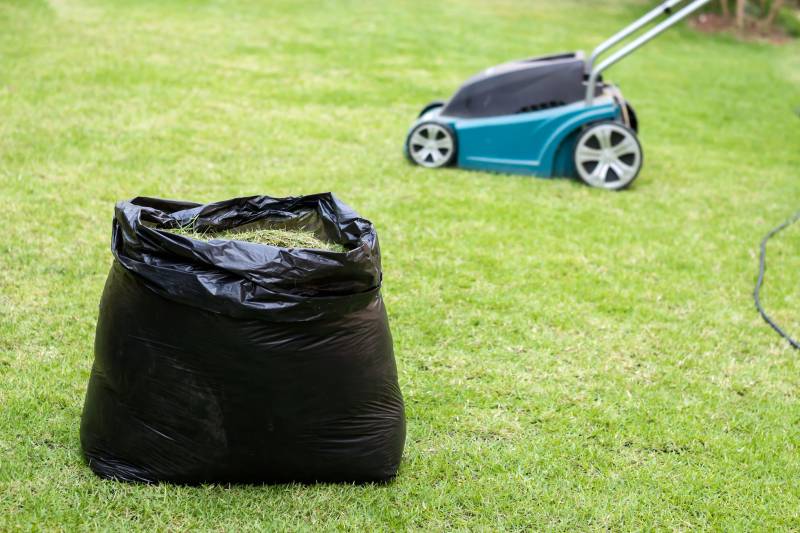
There are a few instances when it’s better to bag your grass clippings:
- Your lawn has a fungus: If you have a fungus problem, bag the clippings to prevent spreading the disease to other areas.
- Too many leaves: If leaves cover over 50% of the lawn, bag the leaves and grass clippings and add them to your compost pile or as a light mulch in your ornamental beds.
- There are weeds in your grass: If the weeds in your lawn have gone to seed, you don’t want those seeds going back into the lawn.
- Your grass is too high: If your lawn doubles as the Amazon Rainforest, bag the clippings and toss them in the compost pile to break down.
- It’s unsightly: If you have an outdoor event, gathering, or special occasion planned and want your lawn to have a manicured and pristine appearance, bag the clippings.
- You have a newly seeded lawn: If you’ve recently overseeded an existing lawn or established a new one, bag the clippings to avoid smothering the seedlings. Wait for the new grass to grow and then leave the clippings.
FAQ About Grasscycling
What Actually Causes Thatch to Build Up?
If your turf produces more organic matter or debris than can decompose naturally, the result is thatch buildup. Thatch can choke the grass and limit its access to nutrients, air, and sunlight needed for growth. To prevent this, stay on top of your lawn care tasks and monitor your lawn’s condition as often as possible.
Does Grasscycling Work With Any Grass Type?
If your lawn is in good health, there’s no reason why you shouldn’t be able to practice grasscycling. Your grass type may have specific mowing height recommendations, so adjusting your mower accordingly is essential (see our table above). Grasscycling can benefit both cool-season and warm-season grasses, so this shouldn’t influence your decision to grasscycle.
How Much Time Do Grass Clippings Need to Decompose?
Grass clippings typically need a week or two to decompose. The process depends on local weather conditions, moisture levels, and the size of the clippings. Smaller clippings decompose more quickly, contributing to a faster release of nutrients, which is why a mulching mower can come in handy.
Should I Mix Grass Clippings With Other Materials When Composting?
When composting, it’s a good idea to mix grass clippings with other carbon-rich organic materials, such as wood chips, dry leaves, straw, or cardboard. This reduces the likelihood of odors and balances the compost pile. Additionally, you should turn or fluff the compost pile every week or two to improve air circulation and boost decomposition.
Help Just a Call or Click Away
With grasscycling, your lawn can thrive and provide long-term benefits for your family and pets to enjoy. But not everyone is keen to push a lawnmower around, even if does most of the work.
If grasscycling just doesn’t float your boat, a local pro can take the load off your hands and turn your lawn into a healthy, effortlessly beautiful lawn that keeps on giving.
Main Photo Credit: skhoward / Canva Pro / License, created using Canva Pro
